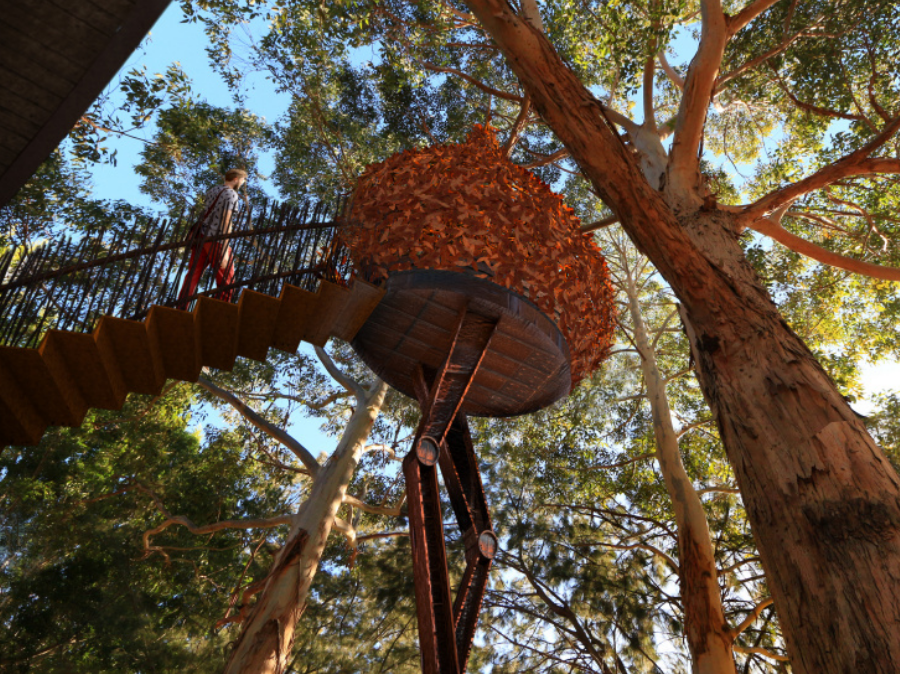Aboriginal educator Clarence Slockee, in association with his start-up Yerrabingin, is working with Mirvac on Australia’s first Indigenous rooftop garden. It will be entirely self-sufficient and employ a full-time team to grow and maintain its crops, which have been chosen for being rooftop-friendly; they’re low-lying and not too heavy (there are weight restrictions).
“It’ll be a 100 per cent native-food farm,. so salt bush, midgen berries, some of the succulents like pig face, native mint and native basil. [They’ll be] primarily smaller shrub and ground-cover species.”
Slockee plans to fund the garden by selling some of the produce to cafes and restaurants in the precinct – but much of what’s grown will be passed on to the community in the surrounding area, to plant in their own gardens and public spaces. Slockee says there will also be opportunities for Redfern’s Indigenous community to get involved.
Workshops and education sessions will be held in the garden to ensure its economic viability, and the public will be welcome to head on up and have a gander at what’s being grown.
In addition to the garden, public artworks have been commissioned, in collaboration with Carriageworks.
As part of Mirvac’s revitalisation of the precinct, they wanted to make sure there was culture across both sides.
The commissions include a welcome to country, which will be in the garden as visitors enter the precinct from Redfern train station, as well as wall murals and a pavilion designed by a yet-to-be-named “very celebrated artist”.

Photography: Nell
The first piece off the ranks in 2019 will be Eveleigh Treehouse by Sydney artist Nell in collaboration with design collective Cave Urban.
Cunningham says the work, which is made from wood and steel, is meant to capture the area’s industrial past as well as its tech-focused future.





